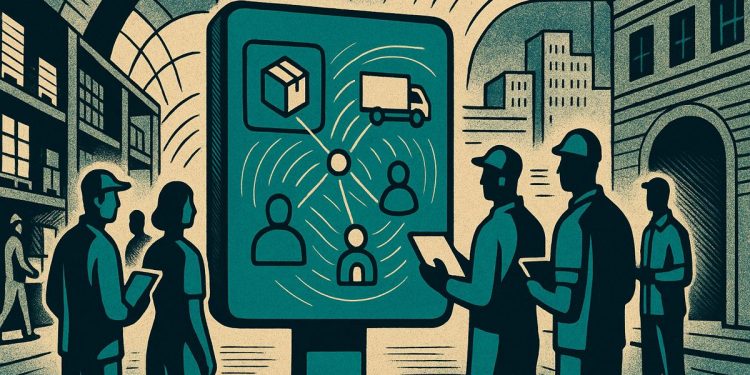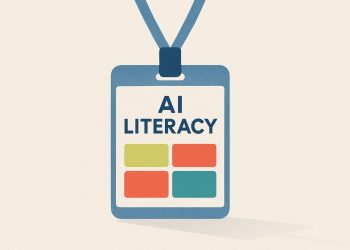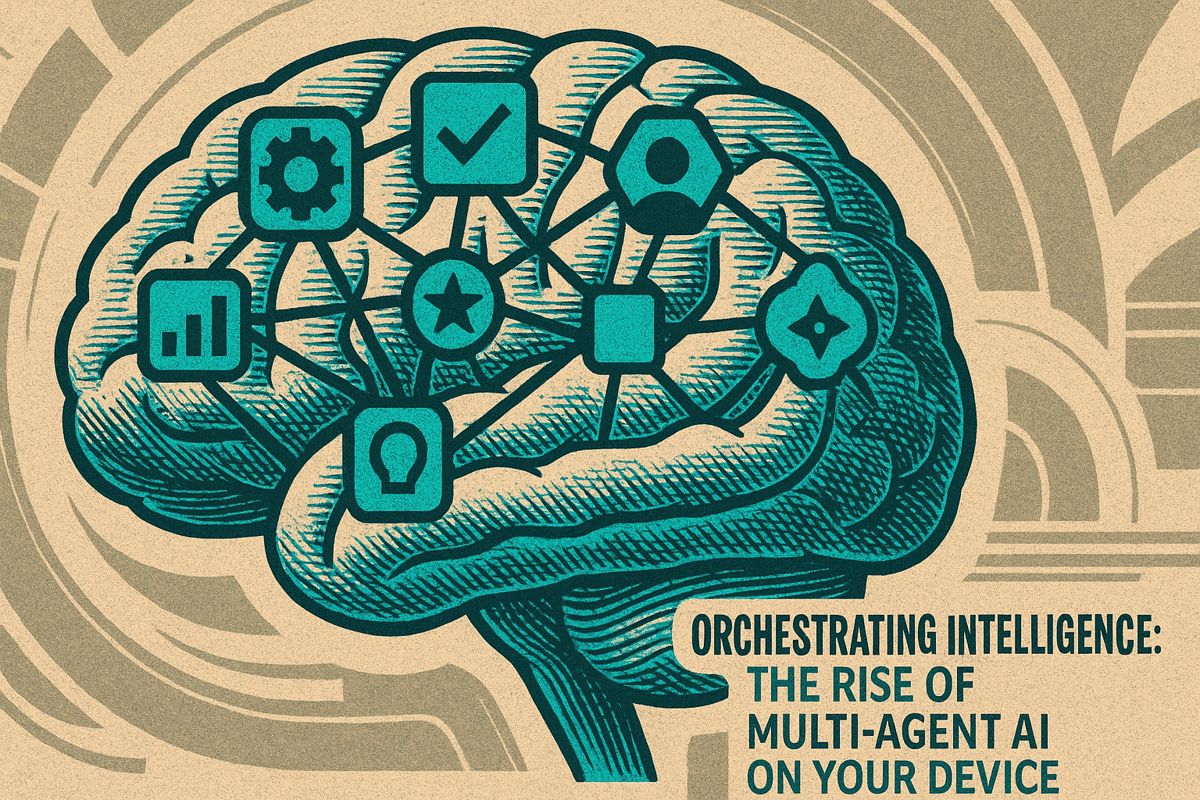Strong, clear communication helps people in supply chain jobs understand and trust new AI tools, making adoption much smoother and faster. Sharing easy-to-follow stories, updates, and progress in simple ways keeps everyone—from warehouse workers to managers—on the same page. Companies that talk openly about changes and show real examples of AI success see much less confusion and fear. When everyone knows the plan and hears about small wins often, teams work better together, and AI projects finish quicker and stronger.
How does effective communication drive AI adoption in supply chain management?
Effective communication boosts AI adoption in supply chains by aligning all employees with the AI vision, reducing resistance and confusion. Structured messaging—through clear narratives, OKRs, and frequent updates—leads to higher adoption rates, faster project completion, and more trust in AI-driven changes. This is a key aspect of effective communication strategies for AI adoption in supply chain management.
Supply chain leaders who treat communication as a parallel deliverable see AI adoption rates up to 2.5 times higher than those who focus only on model training and data. Gartner’s 2025 analysis shows that CSCOs who continuously broadcast where the organization stands today, where it is headed, and the concrete steps to get there cut project drift by 37 percent and reduce time-to-value by an average of six months. This insight is detailed in Gartner Survey Shows Just 23% of Supply Chain Organizations Have a Formal AI Strategy.
The consultancy now offers a three-tier cascading framework. Tier one turns the enterprise AI vision into a one-page narrative that every employee can recite. Tier two translates each strategic pillar into quarterly OKRs visible on digital dashboards. Tier three turns weekly progress into bite-size updates pushed through the channels people already use: warehouse tablets, driver mobile apps, and procurement Slack channels. This ladder approach keeps everyone from forklift operators to category managers aligned on the same metrics.
Clear messaging also tackles fear before it becomes resistance. When a North American electronics distributor previewed its new demand-forecasting engine, it paired the rollout with anonymized stories from early pilot users who had doubled their forecast accuracy after only eight weeks. The result: internal survey data collected by Gartner shows that plants which shared these micro-case studies experienced 41 percent fewer help-desk tickets labeled “AI distrust.”
Numbers reinforce why this matters. According to Gartner’s June 2025 pulse survey, only 23 percent of supply chain organizations can produce a formal AI strategy document. Yet among that minority, 71 percent attribute their progress to structured communication plans rather than algorithmic sophistication. Weekly stand-ups that open with “Wins, Watches, and Wonders” talking points have become the fastest-growing ritual, adopted by 44 percent of Top 25 supply chains this year.
For companies preparing for agentic AI, communication becomes even more critical. Gartner predicts that by 2030, half of cross-functional SCM solutions will include autonomous agents capable of negotiating freight rates or rerouting containers without human sign-off. Early adopters like a global beverage manufacturer already run “AI co-pilot” simulations during town halls, letting planners vote on decisions the agent made overnight. The exercise surfaces edge cases early and trains teams to treat recommendations as collaborative input rather than executive decrees. This is supported by findings in Gartner Predicts 30% of Generative AI Projects Will Be Abandoned After Proof of Concept by End of 2025.
A concise, evergreen narrative remains the anchor: what AI changes, what it protects, and what each role must do differently this week. When that story is repeated through dashboards, lunch-and-learn sessions, and shift huddles, technical competence and strategic alignment move in lockstep, turning pilots into scalable capabilities.



















